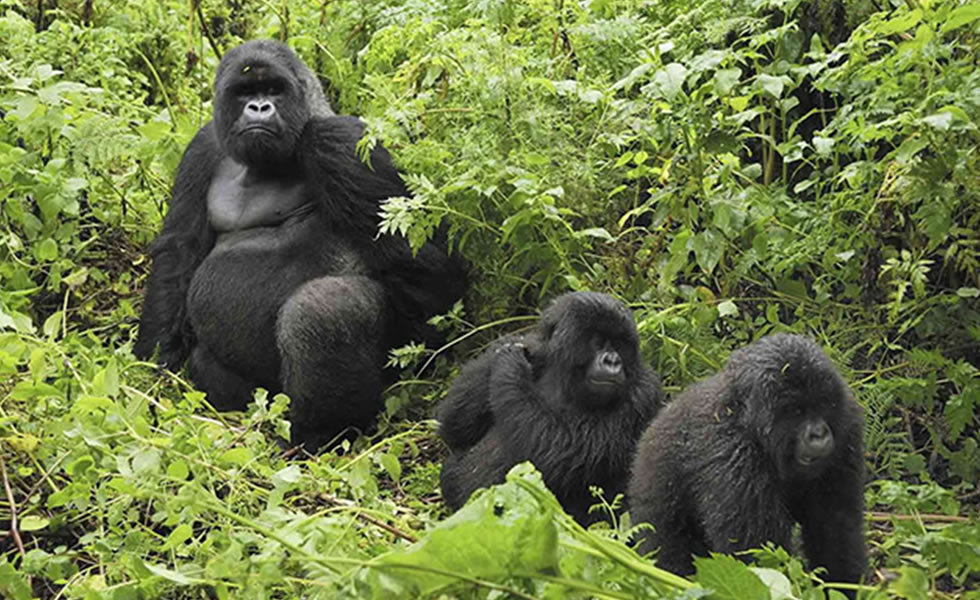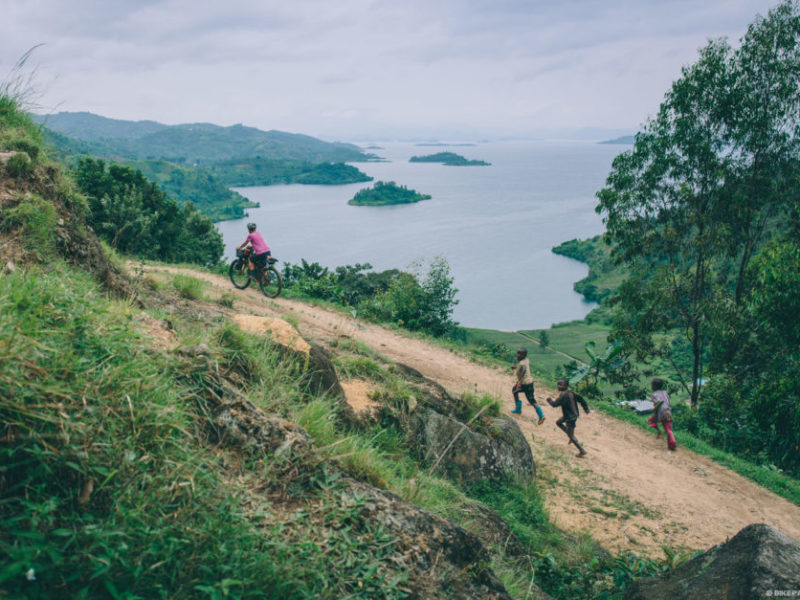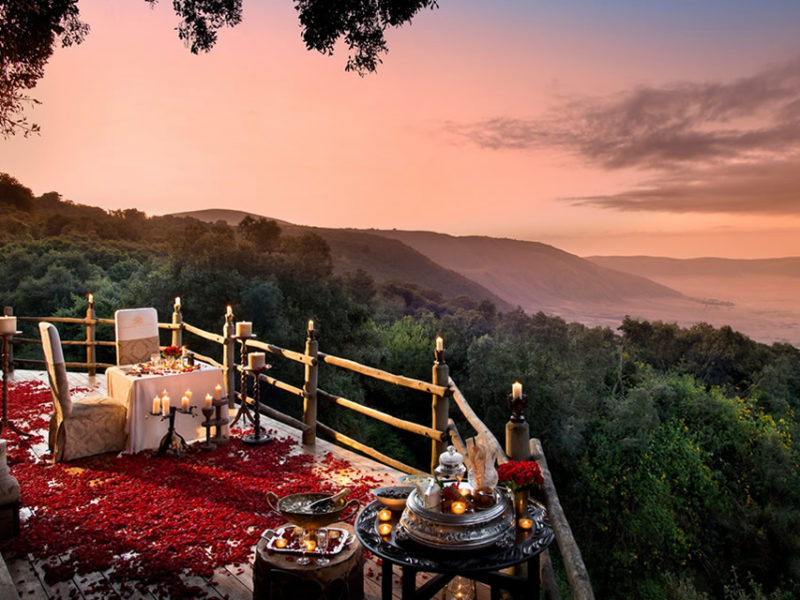
10 Amazing Animals to See in Uganda & Rwanda
One of the extra unique features that differ the East Africa from the rest of Africa is the Wildlife. Countries of Uganda and Rwanda have diverse, unique and more attractive wildlife. Therefore it is easy to understand why a plethora of Wildlife addicts check in per year. Varying from Wildlife, different bird species, reptiles to insect species, these countries with its numerous regions offers spectacular wildlife encounters of a lifetime.
Off all the regions, East Africa is an exceptional destination. Uganda and Rwanda are a must-see, below is the highlight about some of the wildlife and other species you should expect to see while on a wildlife safaris to any of these countries.
- African Bush Elephant; Elephants are of two types including African Savannah and Bush elephants. There are one of the biggest animals and are amongst the African Big fives. There are called so because they were difficult to hunt on foot. When compared, female elephants are smaller in size. A large male can stand up to 13 feet tall and weighs 11.5 tons. Elephants are herbivores in nature and mostly feed on Savannah grass and tree leaves. Today these animals are a must see for any wildlife lover. There are mostly found in Queen Elizabeth, Murchison Falls, Lake Mburo, Kidepo Valley National Park and Akagera National Park.
- Uganda Kob; Antelopes make up a good percentage of Uganda’s wildlife. Over twenty nine species are residents to the country including Uganda kobs, the country’s national antelope. Kobus kobthomasi (Uganda kob) is a subspecies of the kob. These animals are small in size. Males usually weigh up to 200 pounds and the size of females range between 130 -140 pounds.
- African Lion; Amongst the African Big fives, this is more preferred by Wildlife lovers. It is inclusive of Uganda’s animals and the most social of the big cats. Lions are omnivores, only feed on fresh and antelopes are their main feeds. Lions live in groups (prides) that include cubs, females and adult males. Cubs are usually born at the same time and it’s the lioness’s responsibility to take care of them along with hunting for some food. Males usually protect the prides from enemies. These animals are common in Queen Elizabeth, Murchison Falls and Kidepo Valley National Park.
- Cape buffalo; Cape buffaloes are a subspecies of the African buffalo. This is another member of the African big fives. Buffaloes are more dangerous and killed the highest numbers of the big game hunters. Both males and females have horns. There are herbivores; only feeds on grass and tree leave. A male buffalo can weigh up to one ton and its six feet when standing. These animals usually live in herds that consist of thousands of members.
- Black & White Rhinoceros; Rhinoceros are also among the African Big Fives. There are herbivores in nature and only feed on grass. They were typical residents in Uganda, but due to unfavorable conditions (constant civil wars, diseases, limited pastures and hunting), these animals phased out of the country. In 2005, the rhino fund in association with Uganda Wildlife Authority established Ziwa Rhino Sanctuary with the aim of reintroducing these animals back to Uganda. Rwanda’s Akagera is home to the species of Black Rhinoceros.
- Sitatungas; A sitatunga is a semi –aquatic antelope that mostly live in swamps. It usually swims with the help of its splayed feets. Male Sitatungas are larger than the females; they can weigh up to 275 pounds and 63 inches long. These antelopes are common in Lake Mburo and Queen Elizabeth National Park.
- Hippopotamus; Hippos are aquatic species and one of the animals that inhabit Uganda’s lush habitats. There are closely related to dolphins and whales. The reason why these species spend a lot of time in water is because they have no sweat glands. Hippos are large enough and rank the third largest terrestrial mammals after elephants and buffaloes. Though hippos are aquatic, they mostly feed on grass. If you after them, endeavor to be to partake a launch trip cruise along the Kazinga channel in Queen Elizabeth Park or Murchison Falls National Park.
- Rothschild’s giraffe; Also known as Uganda giraffe, Rothschild’s is the tallest among the varied subspecies of giraffes. It can stand up to 19 feet. There are herbivores and feed on tree leaves. These giraffes are endangered and few still enjoy Uganda’s lush habitats. While in Uganda, you can only find them in Murchison Falls National park and Kidepo Valley National Park.
Others;
Birds; If Wild animals do not appeal, Uganda is famous for Bird watching. This remarkable destinations are home to thousands of unique species including the rare shoebill stork.
Reptiles; Other than Wild animals and birds, Uganda and Rwanda are idyllic places to check out for variety of reptiles. Some of the common species are lizards, snakes, chameleon, turtles and crocodiles.
Wildlife can be found in National Parks, Game reserves and Sanctuaries as the main habitats for all the above mentioned Wildlife species.
In Uganda, wildlife can be best seen in several national parks that include Queen Elizabeth National Park, Murchison Falls National Park and Lake Mburo National Park, Interesting savanna animals can also be seen in the Kidepo National Park in the remote north eastern part of Uganda. Primates can be best seen in Kibale Forest National park, home to over 13 different primate species. Other places where you can see primates include Budongo game reserve and Kalinzu Forest Reserve can’t miss the list.
In Rwanda, savanna animals can be seen in Akagera National Park, a small savanna national park in the eastern part of the country.
While in Uganda or Rwanda, there is no better way to soak up the country’s diverse Wildlife than with a Game drive and game viewing. From a pop up roof of a suitable Safari landcruiser, views of Wild life, birds and the Wilderness are inspirational.


